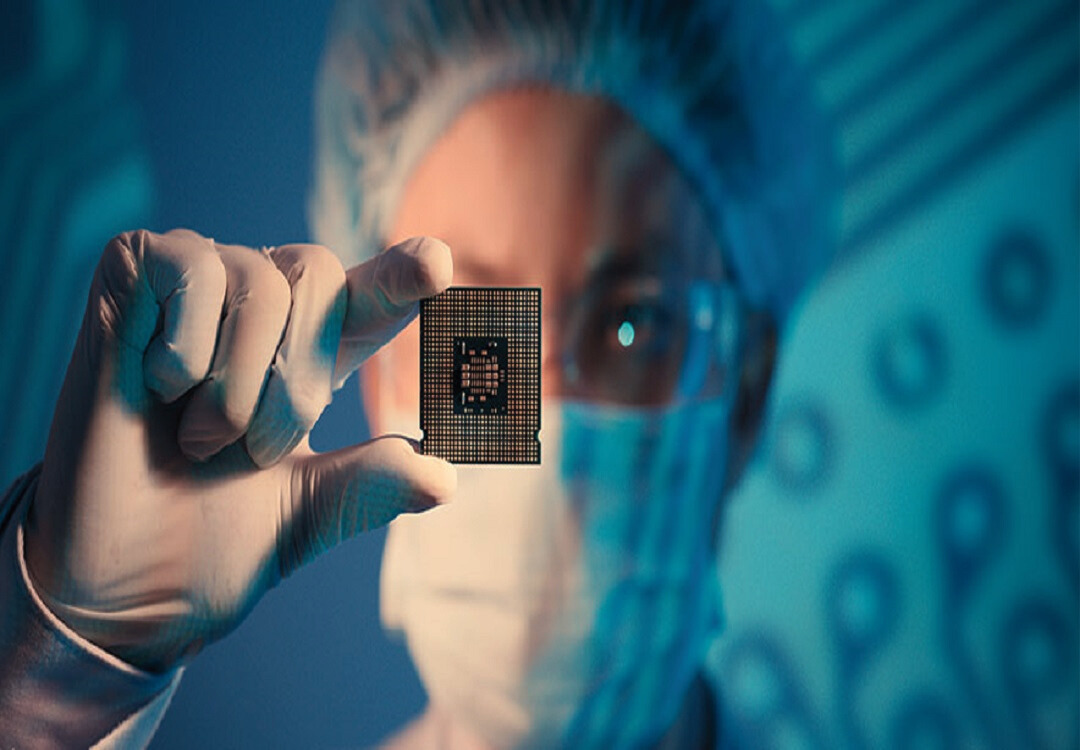Decoding Semiconductor Patents: A Comprehensive Guide

Decoding Semiconductor Patents: A Comprehensive Guide
We rely on semiconductors to power our digital world. From smartphones to computers, from advanced medical devices to space exploration, these tiny components play a monumental role in shaping our technological landscape. But behind their seamless integration lies a world of innovation and protection—semiconductor patents.
Understanding Semiconductors
Before diving into the intricacies of semiconductor patents, let’s grasp the fundamentals. Semiconductors are materials that possess a unique property: their conductive capabilities can be controlled. This characteristic forms the foundation of modern electronics, allowing the creation of transistors, diodes, and integrated circuits.
The Importance of Semiconductor Patents
Patents serve as the bedrock of innovation by safeguarding the intellectual property (IP) rights of inventors. In the semiconductor industry, patents hold immense significance, fostering progress and encouraging further research and development. They offer inventors the exclusive right to utilize, manufacture, and sell their innovations for a specified duration, typically 20 years.
Components of Semiconductor Patents
1. Patentability Criteria: To obtain a semiconductor patent, the invention must be novel, non-obvious, and industrially applicable. It should also satisfy the legal requirements of patentable subject matter.
2. Patent Application Process: This involves preparing a detailed application disclosing the invention’s specifics, followed by examination by a patent office to ensure compliance with patent laws and requirements.
3. Patent Claims: Patent claims define what protection is granted under a patent. In semiconductor patents, claims encompass the structure, composition, or process involved in creating or using the semiconductor device.
4. Patent Enforcement and Protection: Once granted, patents need to be defended against infringement. This involves monitoring the market for unauthorized use and, if necessary, taking legal action against infringing parties.
Patents for semiconductors (memory chips)
Semiconductor patents, particularly those protecting innovations in computer memory chips, form a significant chunk of modern patents, encompassing over 53,000 granted patents and 42,600 applications spread across more than 31,200 patent families. The United States, Taiwan, and the World Intellectual Property Organization (WIPO) stand out as the top contributors, with 43,432 patents filed in the U.S., 5961 in Taiwan, and 4,799 through WIPO. These patents predominantly cover semiconductor devices, static stores, electric digital data processing, and electric solid-state devices. Among companies, Macronix, Micron Technology, and Advanced Micro Devices lead in filing the most patents in these domains. Despite substantial changes in the semiconductor industry, such as widespread consolidation due to technological advancements and economic pressures, patents in this field remain lucrative. Some businesses, amidst restructuring or consolidation, may opt to sell off patents that are no longer aligned with their core operations, recognizing the enduring value of intellectual property within the semiconductor landscape. With a grant-to-application ratio of approximately 1.245, the industry showcases a robust trend of patent filings and grants, highlighting the enduring significance of these protections in driving innovation and safeguarding technological advancements.
Evolution and Challenges
The semiconductor industry is characterized by rapid innovation and constant evolution. As technology advances, new challenges emerge. Shrinking transistor sizes, complex designs, and global market dynamics pose challenges in obtaining and protecting semiconductor patents. Additionally, navigating the intricacies of international patent laws and dealing with patent trolls add layers of complexity.
The Future of Semiconductor Patents
Looking ahead, the future of semiconductor patents is intertwined with technological breakthroughs. Innovations in AI, quantum computing, and nanotechnology will drive new inventions, necessitating robust patent systems to protect these advancements.
Semiconductor patents form the cornerstone of technological progress in the electronics industry. They incentivize innovation, protect inventors’ rights, and propel the industry forward. Understanding the nuances of semiconductor patents is crucial for inventors, businesses, and policymakers alike to navigate the ever-evolving landscape of technology and IP rights.
As we continue to witness groundbreaking advancements in semiconductors, the role of patents in safeguarding these innovations remains paramount. Whether it’s the quest for smaller, more efficient chips or the exploration of novel semiconductor materials, the protection and encouragement provided by patents will continue to shape the future of electronics and beyond.
Einfolge emerges as a leading authority in the patent landscape, specializing in a spectrum of cutting-edge technologies such as 6G, 5G, semiconductor chips, IoT, blockchain, and AI. With a robust suite of patent search and filing services, we're committed to empowering innovators and businesses in safeguarding their intellectual property. Our meticulous approach ensures a thorough exploration of existing patents, enabling you to navigate the intricate web of technological advancements and carve your path of innovation.